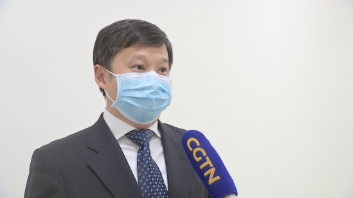Tips for Seeing a Doctor - How to Save Your Time and Effort

1. It is quick and easy to make an appointment. In order to help patients seek medical treatment, many cities have promoted and encouraged appointment registration. Currently, there are a variety of appointment methods such as WeChat, APP, self-service registration machines, networks, telephone services, and doctor workstations. It is suggested patients use these appointment methods to register.
2. It is recommended that a general practitioner be appointed for the initial diagnosis. Most disorders can be diagnosed by a GP. When the checkup results come out, a specialist can be appointed if further treatment is needed.
3. Pay attention to the time of diagnosis and therapy. For patients with appointments, please check the appointment time on the registration slip and arrive at the hospital 30 minutes in advance.
4. Avoid peak times. From 8:00 to 11:00 Monday - Wednesday are the peak times. Patients who only need a return visit or are prescribed some medicine should come in the afternoon or on weekends to reduce waiting time.
5. Prepare the required materials needed for the visit. Your passport, hospital card (binglika), checkup results and other relevant materials should be well prepared before the visit. The checkup results should be arranged or pasted in a book in chronological order for quick and effective communication with the doctor.
6. Wear loose clothes that are easy to take off. It is convenient for checkups, and both time-saving and labor-saving.
7. The patients should not wear makeup. The complexion and lip color can reflect the condition of the body, so that make-ups may affect the doctor's judgment of the patient's condition.
8. Bring a bank card. Bank card payment is available in most hospitals, and patients do not need to bring a lot of cash. It is rather convenient to pay with a bank card.
9. Correctly explain your condition to the doctor since the patient's description affects the doctor's judgment. Grasp the key points when telling the doctor about the condition. It is recommended that the patient review their medical history before the visit and take notes, including the symptoms, the onset time, the examinations that have been done and the drugs being taken. You can also show the doctor the container or instructions of the drugs you’re taking for better diagnosis.


